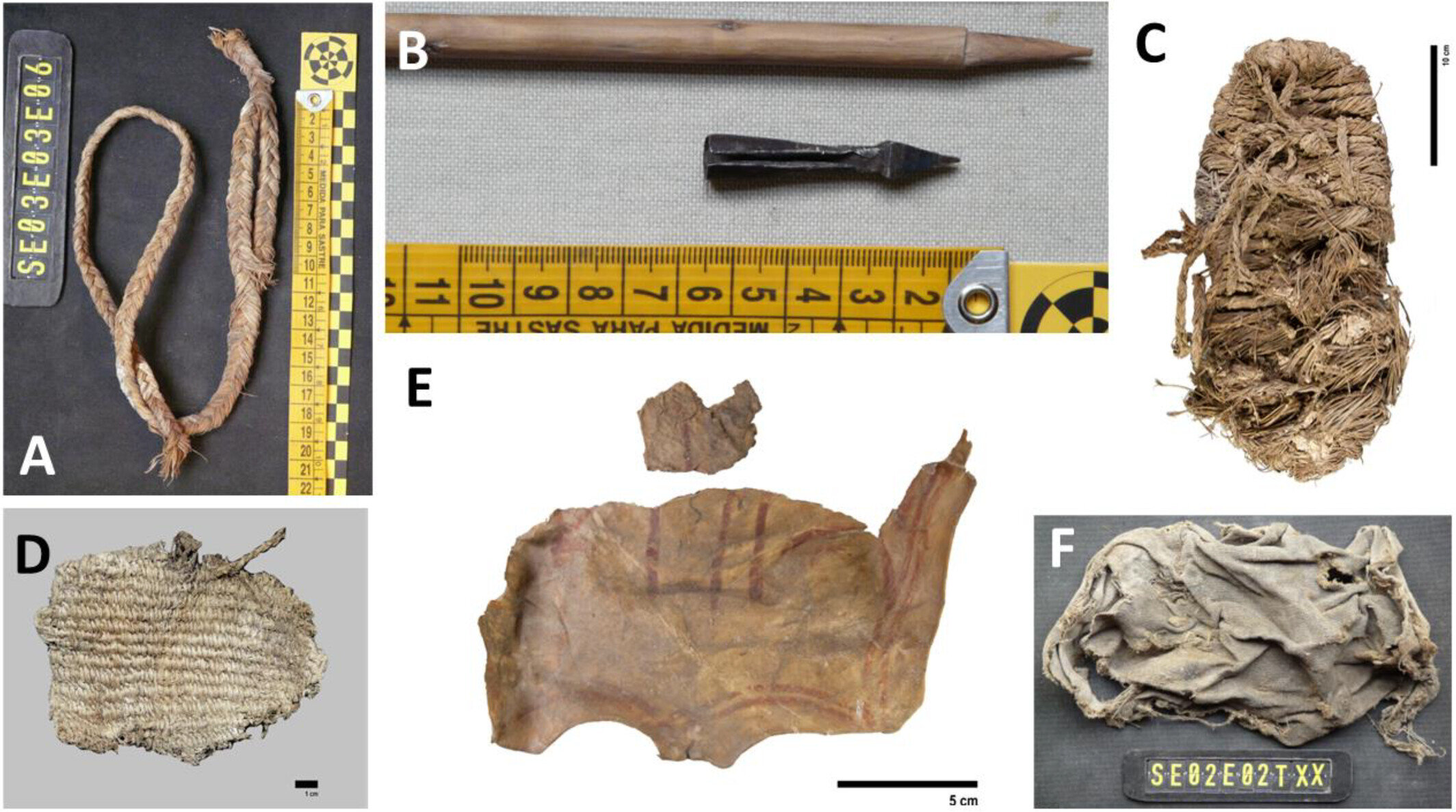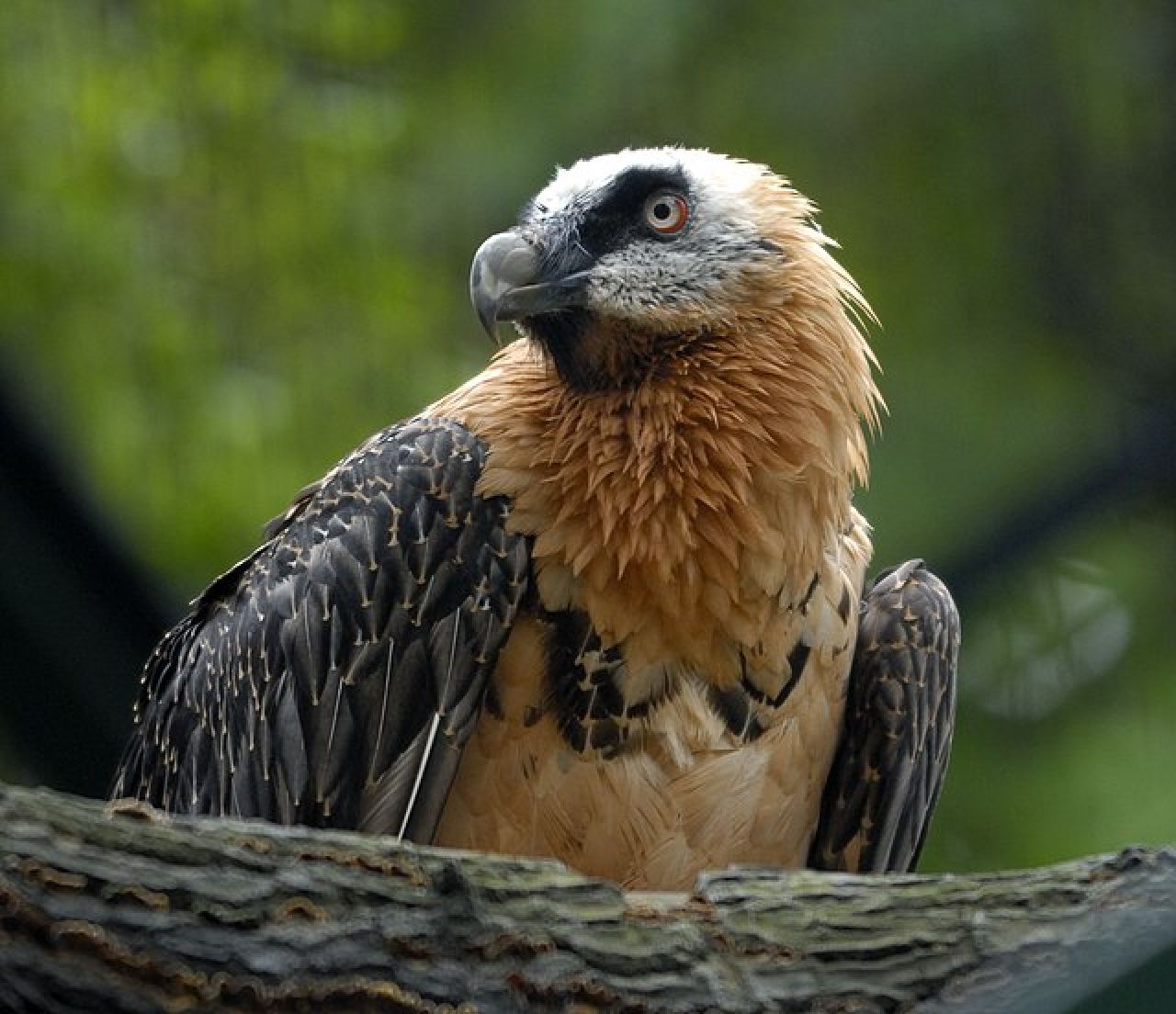Follow us on Google News (click on ☆)
During the meticulous examination of twelve ancient Bearded Vulture nests in southern Spain, researchers discovered 226 objects manufactured or modified by humans, carefully preserved among the successive layers of materials. This unusual collection included artifacts such as an esparto grass sling, shoes, a crossbow bolt, a piece of decorated sheepskin, and even a wooden spear. Stratigraphic analysis, a method usually reserved for archaeological excavations, made it possible to reconstruct the history of these nests occupied over several generations.
Carbon-14 dating revealed the remarkable age of some artifacts, with one shoe dating back approximately 675 years. The particular conditions of the nesting sites, often located in caves or rock shelters of European mountains like the Pyrenees, created an exceptional preservation environment. The relative dryness and thermal stability of these locations allowed for the natural preservation of these historical witnesses over several centuries.
Beyond human objects, the study identified 2,117 bones, 86 hooves, 72 leather remains, 11 hair samples, and 43 eggshell fragments. This detailed inventory provides valuable information about the evolution of these raptors' diet and the animal species present in their environment over time. Researchers consider these nests to be true time capsules that make it possible to trace ecological changes over the long term.

Collection of craft objects discovered in ancient Bearded Vulture nests.
Credit: Ecology (2025). DOI: 10.1002/ecy.70191
This original approach combining ornithology and archaeology opens new perspectives for understanding the interactions between natural ecosystems and human activities.
